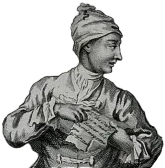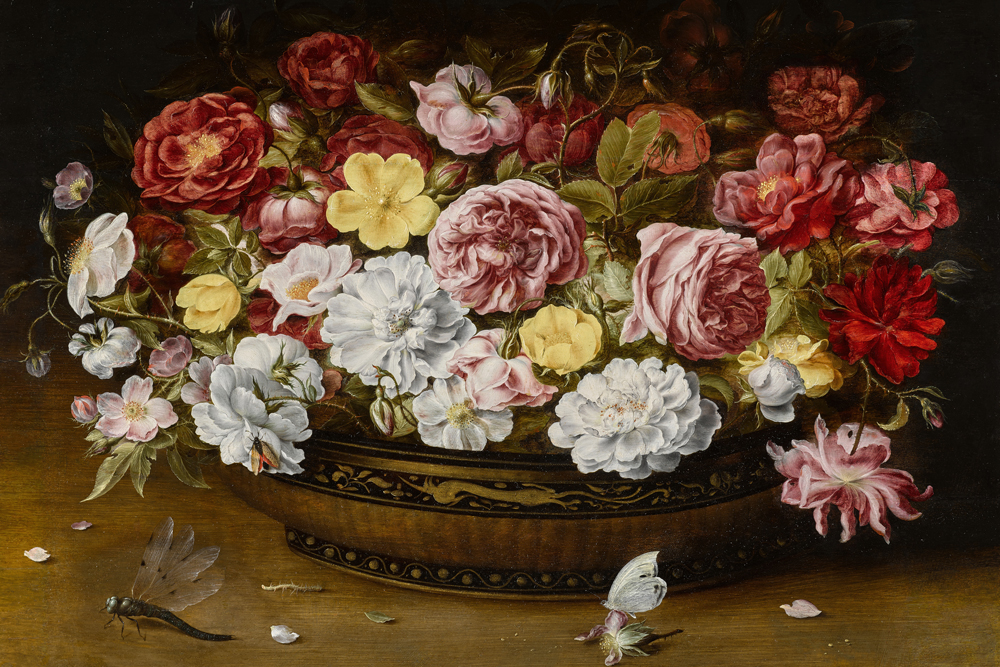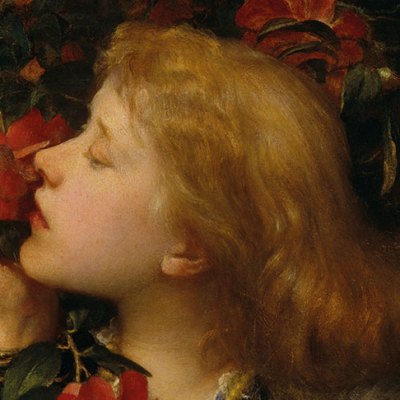Introducing Rakewell, Apollo’s wandering eye on the art world. Look out for regular posts taking a rakish perspective on art and museum stories.
Sotheby’s latest marketing ploy was perhaps a little on the nose. Inspired by the abundant joys of the Dutch Golden Age works from the Grasset collection, which were up for sale on Wednesday evening in London, the auction house asked perfumier Lyn Harris to produce three scented candles in response to three paintings. Abraham Govaerts’ Wooded River Landscape has become ‘Smoke in Woods’: ‘sandalwood, birch tar and smouldering cade surrounded by green oak and cedar wood with a watery reflection of juniper and black pepper and a hint of frankincense’ – you get the gist. The other scents are ‘Bird and Lemon’ (which has nothing to do with roast chicken, sadly, but rather the citrus and the sparrow in a still life by Peter Binoit) and ‘Rose with Insects’ (another still life, this time by Osias Beert the Elder). The 325g candles can be yours for £155 each.
It all carries a faint whiff of opportunism, though Rakewell would remind readers that it does have a more serious precedent. An exhibition at the Mauritshuis last year attempted to recreate smells of the Dutch Golden Age as a means of restoring to the paintings some of the associations they might have had for their first viewers. Here, though, the emphasis was on improving our historical imagination; scents such as ‘17th-century canal’ accompanied visitors around the galleries – or, for the hardy ones who ordered the fragrance boxes for €20, lingered in their living rooms as they explored the exhibition virtually. In light of which, Harris’s ‘olfactory poetic landscapes’ begin to smell a bit fishy – though Rakewell does accept that they would probably make better Christmas presents.
Got a story for Rakewell? Get in touch at rakewell@apollomag.com or via @Rakewelltweets.




